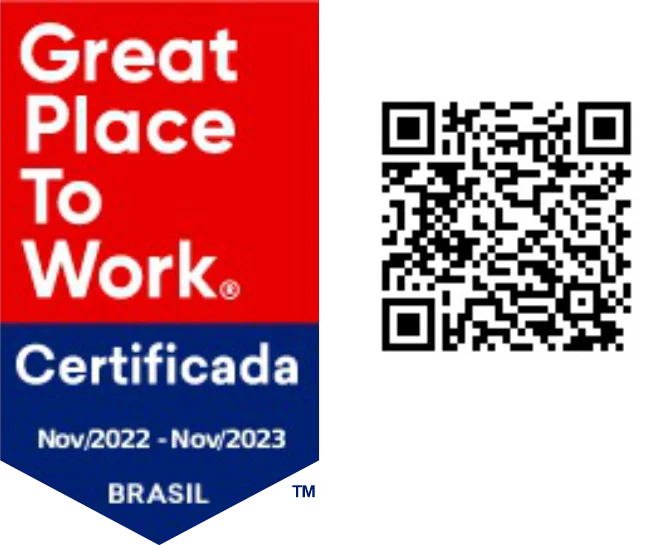Brazil is rich in diversity and this makes it a great potential for export, so much so that we even export more than we import. However, this does not make the country null in food imports, after all there is also the demand for exotic items, which is not produced here, or what does not have enough quantity.
For control and organization of food imports, ANVISA (National Health Surveillance Agency) is responsible for the regulation and with it its import manual and current laws.
Acquiring Radar/Siscomex is the first obligation of the importer/exporter in Brazil and to know everything else that is necessary just continue reading this article. Let’s go, shall we?
How to get started?
Before any initiative, it is necessary the so-called Radar, which would be the Registration and Tracking of the Performance of Customs Actors.
And what’s radar for? This qualification is the starting point for those who want to be involved in international business. In this way the company proves that it is within all legalization, that is, in conditions to export or import.
STEP 1 – Basic knowledge
We’ll start with the basics, but no less important: how and what is needed to import food.
In Brazil , control is done by ANVISA (National Health Surveillance Agency), which is the body responsible for monitoring and regularizing and monitoring bureaucratic issues to frame current laws.
Several categories of food can be imported, these on a small or large scale, and because of this fact it is extremely important that everything be checked in the food import manual developed by ANVISA itself.
Packages must contain specific information such as product name, country of origin, ingredients and raw material used in production. As well as storage forms, production date and expiration date.
This label must follow Brazilian standards, be approved and registered.
Another basic knowledge about the loads to pay attention to, is the organization and planning on perishable loads. For these there may be priority requests such as a terminal, temperature and appropriate ice resets, among others.
STEP 2 – License and system
As for the bureaucratic part, according to the import manual, “the administrative treatment on import will depend on the product framework in the NCM (Mercosur Common Nomenclature) at the time of the issuance of the LI (Import License)”.
The person responsible for the framework in the respective NCM is the importer, guided by the Federal Revenue Service of Brazil (RFB), depending on the properties of the imported food.
And it is worth noting that in certain cases, food may be subject to the support by more than one responsible body.
Still on tax issues, anvisa’s system is DataVisa, but it currently has no integration with the Siscomex Single Portal. Because of this, it is necessary to follow a standardized procedure made available to the importer.
STEP 3 – Electronic Petitioning of Food Import with ANVISA
As a way to assist the importer, ANVISA also developed a booklet called Electronic Import Petitioning, thus facilitating the tax process and the link between the legal representative and the inspection.
In this booklet you can access explanatory content with a walkthrough, possible errors that occur, a list of FREQUENTLY ASKED QUESTIONS, and general guidance.
This method makes it possible for the ANVISA tax inspector to work on the two systems mentioned above, DataVisa and Siscomex Importa Web.
STEP 4 – THE TRUE step by step
- For starters it is of great importance the registration of LI (Import License) in the System Siscomex Web Import, the one we explained at the beginning of this article;
- After the first step, the option to create a dossier in the Integrated View (Siscomex Single Portal) is released;
- There the Primary Petition will be attached to the dossier, using the specific subject code for the import;
- In this step comes the documentary issues, where the dossier will be attached to other necessary documents;
- Then it comes time to link the dossier to a single LI;
- Just wait at least 30 minutes for information processing and start communication between the Integrated Vision and PEI systems;
- Access the Importer’s Voice Mail (voice mail) in anvisa’s Request system;
- After locating, open the message titled “Import Petition – LI XX/XXXXXXX-X – Subject: XXXXX” and click the “Complete Petition” link;
- Now is the time to complete the Electronic Petition Form and then click on the location indicated for the generation of the Single Collection Guide (GRU);
- Make the GRU payment and wait for bank compensation, unless it is a fee-free GRU;
- Once the previous step of bank clearing has been completed, a message will be sent to the mailbox of the Request system of Anvisa with the proof of protocolization, called “Proof of Protocol – LI XX/XXXXXXX-X – Subject: XXXXX”.
It is important that all these steps are followed exactly in the order above.
And so is clarified the whole process for importing food according to the laws of ANVISA. If you have any questions regarding this process, download our e-book by clicking here.
We want all this information to help and facilitate your journey! If you need help importing or exporting goods, please contact us! Open Market is ready to contribute to the process.
To stay on top of global foreign trade updates, follow the Open Market blog.
Enjoy and follow our social networks. Find us on Facebook, Instagram and LinkedIn.


